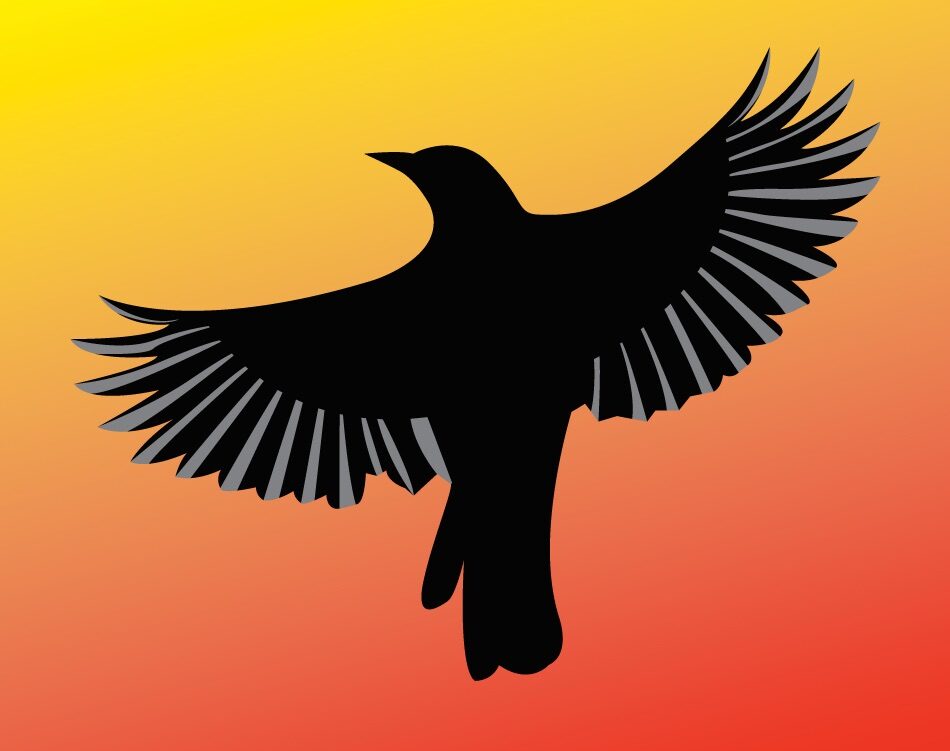Bundle story: “This is the World Calling” by Dayle A. Dermatis
Tansy and Ki come from two of the most powerful witch dynasties—and the feud between their families puts the Hatfield and McCoys to shame. So why, then, did their parents not care when the two would run off and play as children, lost in their own little world? When they meet again as adults, Tansy…
